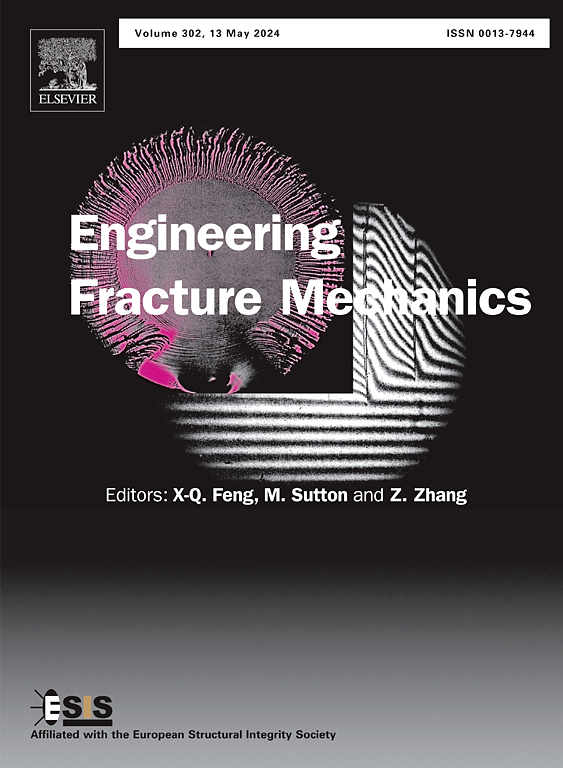A study on fracture mechanism of quartz crystal under impact crushing
IF 4.7
2区 工程技术
Q1 MECHANICS
引用次数: 0
Abstract
The majority of naturally occurring ores consist of crystalline structures. Understanding the fracture behavior of crystals during ore crushing is critical for comprehending the mechanical properties of ores. This study investigates the fracture behavior of quartz crystals under impact crushing conditions. The findings reveal a strong correlation between the mechanical properties of quartz particles and their fracture behavior. At low specific energy of impact crushing (Ecs), the fracture mode of quartz grains is predominantly intergranular. With increasing Ecs, the fracture mode transitions from intergranular to transgranular. During fracture, deformation initiates preferentially in coarse grains, while the proportion of fine grains undergoing deformation increases with Ecs. The results suggest that grain boundary strength and the proportion of fine grains are critical factors influencing the mechanical properties of ores. The study also finds that when subjected to external forces, variations in deformation capacity among grains result in uneven deformation during fracture. The activation of the {0001} < 11–20 > and {10–10} < 11–20 > slip systems promotes plastic deformation in quartz crystals, whereas activation of the {10–11} < 11–20 > slip system hinders plastic deformation in fine grains. Differences in grain deformation capacity during fracture introduce uncertainty in the fracture behavior and crack propagation of quartz grains, elucidating the mechanisms behind the specific particle size distribution observed post-fracture.
冲击破碎作用下石英晶体断裂机理研究
大多数天然矿石由结晶结构组成。了解矿石破碎过程中晶体的断裂行为对理解矿石的力学性质至关重要。本文研究了石英晶体在冲击破碎条件下的断裂行为。研究结果表明,石英颗粒的力学性能与其断裂行为之间存在很强的相关性。在低冲击破碎比能下,石英颗粒的断裂方式主要是沿晶断裂。随着Ecs的增大,断裂模式由晶间断裂向穿晶断裂转变。在断裂过程中,粗晶优先发生变形,而细晶发生变形的比例随着Ecs的增加而增加。结果表明,晶界强度和细粒比例是影响矿石力学性能的关键因素。研究还发现,在外力作用下,晶粒间变形能力的变化导致断裂时变形不均匀。{0001} <;11日至20日在{10-10} <;11日至20日在滑移系统促进石英晶体的塑性变形,而{10-11}<;11日至20日在滑移系统阻碍了细晶粒的塑性变形。断裂过程中晶粒变形能力的差异引入了石英晶粒断裂行为和裂纹扩展的不确定性,阐明了断裂后观察到的特定粒度分布背后的机制。
本文章由计算机程序翻译,如有差异,请以英文原文为准。
求助全文
约1分钟内获得全文
求助全文
来源期刊
CiteScore
8.70
自引率
13.00%
发文量
606
审稿时长
74 days
期刊介绍:
EFM covers a broad range of topics in fracture mechanics to be of interest and use to both researchers and practitioners. Contributions are welcome which address the fracture behavior of conventional engineering material systems as well as newly emerging material systems. Contributions on developments in the areas of mechanics and materials science strongly related to fracture mechanics are also welcome. Papers on fatigue are welcome if they treat the fatigue process using the methods of fracture mechanics.

 求助内容:
求助内容: 应助结果提醒方式:
应助结果提醒方式:


